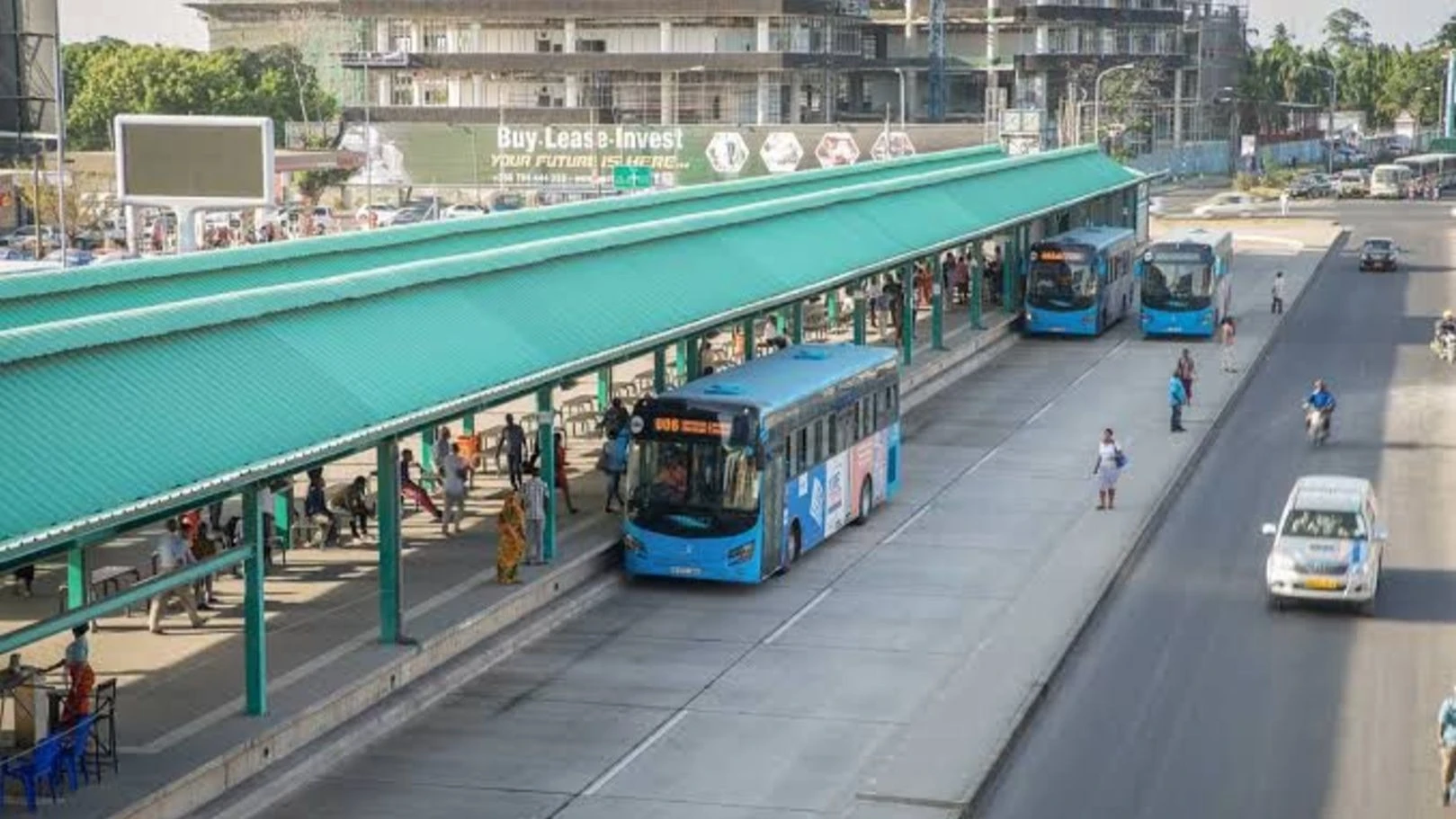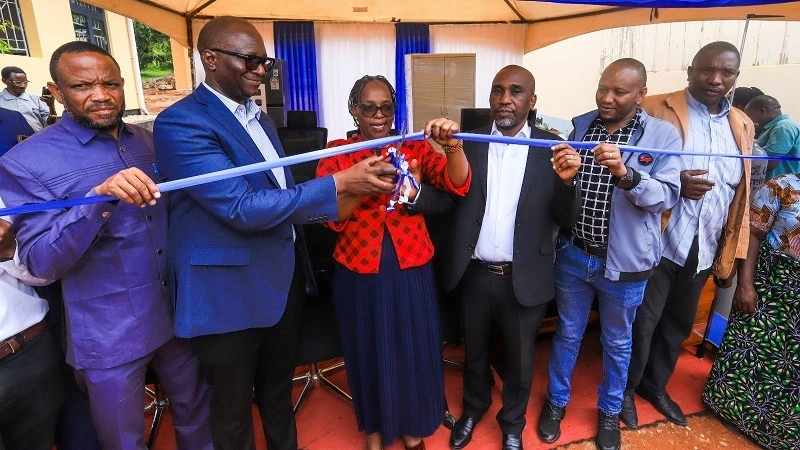PPPC lists BRT, 79 projects

THE PPPC has prepared over 80 projects, and mentioned that two companies—one local and one foreign—are currently interested in investing in the Bus Rapid Transit (BRT) project.
David Kafulila, director of the Public-Private Partnership Center (PPPC) within the Treasury, that the government prioritizes local investors as they offer additional benefits to Tanzanians, such as skill transfer and investment in local financial institutions.
In an interview in Dar es Salaam at the start of the week, he said that when evaluating which company should be awarded a project, the centre focuses on ability to implement it successfully.
“We are cautious in selecting projects, as we have already convinced the public that involving a partner greatly enhances production. If it’s the opposite, it could harm the investor’s reputation," he stated.
Citing the Chalinze-Morogoro road project he said nine companies applied—eight from China and one from Turkey, and after the first round of selection, five companies remained: four from China and the Turkish firm, while no companies from Europe or Africa advanced past the initial stages.
One Chinese company successfully reached the final stage, he said, pointing out that few local companies are currently equipped to invest in PPP projects. Many have the potential but are hesitant due to a lack of experience in various sectors, he affirmed.
However, efforts are underway to engage stakeholders, particularly in the transportation sector, who have over 30 years of experience and a strong chance of being prioritized in future projects, he said.
The PPPC director urged local investors to capitalize on those identified projects as the environment is now more conducive due to well-established documentation.
He stressed the need to build local investors' capacity and knowledge to take advantage of emerging opportunities, elaborating that while many have the capital and experience, they have yet to act on these opportunities.
The government prioritizes local investors, he said, highlighting the difference between partnerships and privatization, as assets created through PPPs are jointly owned by both the public and private sectors, not solely by the private sector, before or after the project.
Some tasks are best handled by the private sector, while partnerships become profitable, particularly for projects the private sector might hesitate to undertake independently, he stated.
PPPs arrangements attract capital, technology and expert management, while government funds that would otherwise be used are directed to service delivery. “These projects not only create jobs but also generate tax revenue, improve procurement and enhance service quality,” he added.
Top Headlines
© 2025 IPPMEDIA.COM. ALL RIGHTS RESERVED






















